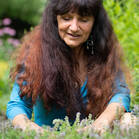My Herbs Blog |
|
4/4/2021
7 Herbs for Mom's and Kids I am a mother, and momma of 5 children. Each of my children has helped me to develop a greater sense of love and connection to the healing plants given to us. Just like every child is different with his or her unique sensibilities, so too are all the herbs. They are like little children with personalities, qualities, and abilities that really makes it hard to favor one over another, but rather to love them all equally, as I do with my own children. |
AuthorJenel Schaffer Videos on YouTube Archives
April 2021
CategoriesAll Art & Healing Books Dried Herbs Fresh Herbs Gluten Free Herbal Beauty Herb Consultations Homeschool Positive Mind Recipes Root Herbs Self Care Spirit Tea Watercolor |

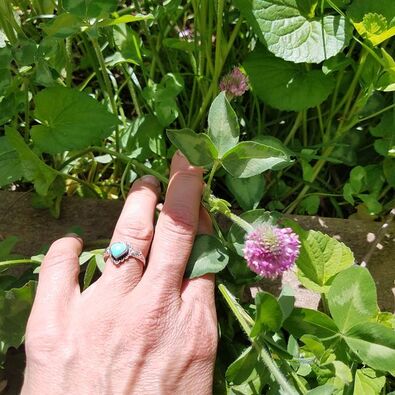
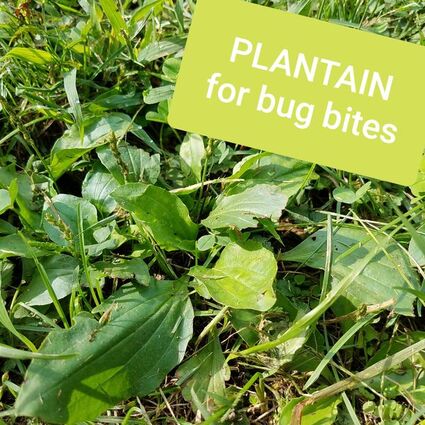
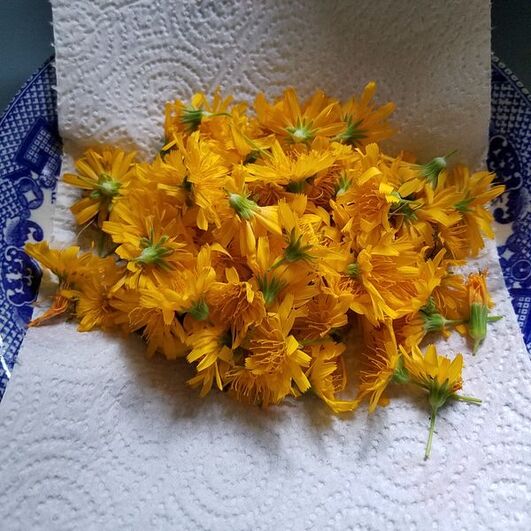
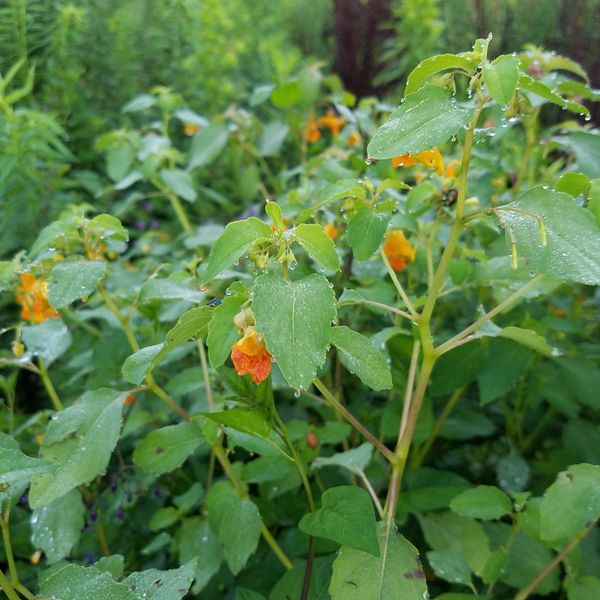
 RSS Feed
RSS Feed




